To the honorable Reverend,
Privilege comes in many forms. As a person of the cloth, you have privileges that I, as an atheist, will never have. Yet I don’t see you acknowledging your Christian privilege. Instead you are going on about “white privilege” without realizing what privilege actually is. Given that whites are leaving the church at a far, far higher rate than blacks, I have to question your motives for writing an open letter regarding “white privilege”.
Again privilege comes in many forms. But like racism, the word “privilege” is starting to lose its meaning because of how much it is being thrown around. Anyone wanting to call attention to a perceived disadvantage tends to throw around that word. Yet I’ve yet to see an atheist emphasize the word “privilege” when it comes to Christianity. The concept is perfectly valid there and brings to light another common social justice term: intersectionality.
Privilege can certainly be hard to see, since you are not seeing the privilege you have being a Christian. But it is not defined by what doesn’t happen to you. It is defined by the groups to which you belong, either de facto or not. For example I have various privileges by being a licensed driver, a member of Phi Theta Kappa, and a permitted carrier of a concealed weapon. Do I have various privileges for being “white”? That’s a little harder to defend, in part because the commonly-cited examples of “white privilege”, some of which you’ve reproduced in your letter, have alternate explanations that are just as plausible. So if you are going to declare that the only reason those particular examples occur is “white privilege”, you have your work cut out for you defending them — and you didn’t even do any leg work in that direction.
But before I get into your examples, let’s for a moment reflect on Christian privilege since it calls into view one concept that seems to escape a ton of people: tribalism. Obviously being a member of a group will afford you privileges from that group that you will not have with others. One of which is trust before question — by that I mean that a black person is more likely to be trusted by other blacks without having his or her motives questioned, and the same with a white person with regard to other whites. A black person is more likely to be hesitant to trust whites, and whites are more likely to be hesitant in trusting blacks. While not universals, they are true in the general sense of things.
Christians are more likely to trust other Christians, even after egregious wrongs on the part of a Christian have been discovered — case in point: Josh Duggar. Atheists are also more likely to trust other atheists before they trust other Christians. The reasons on this actually play into the discussions on “white privilege” yet are rarely discussed: how have these groups interacted in the past and present?
With regard to racial inequalities, the past is the focus more than the present, as the past has details that are far, far more applicable. So with that out of the way, let’s get into your examples.
We aren’t getting arrested at four times our population rate.
There are multiple reasons blacks are arrested at a far, far higher rate than whites. For one, they are committing far more crimes. While many assert that blacks and whites commit the same number of crimes, that still doesn’t fare well for blacks because it still means that blacks commit crimes at a far higher rate than whites. I’ve seen comments saying that whites are more likely to get away with crimes than blacks, yet there is no way to prove that statement as far as I’m aware.
And to quote the late Christopher Hitchens, “That which can be asserted without evidence, can be dismissed without evidence.” That is one of the reasons many whites find the concept of “white privilege” to be problematic at best. It is asserted without evidence that supports the “white privilege” hypothesis to the exclusion of all other explanations. Same with the concept of “male privilege”. Actually, no, “male privilege” is absolutely abhorrent as a concept because it is asserted in the face of contradictory evidence. And to a degree, so is “white privilege”.
But getting back to the arrest rate, there are some striking numbers that the FBI has available. For 2013, the FBI notes that blacks and whites committed roughly about the same number of homicides. And blacks killed far more whites than whites killed blacks, and blacks are killing each other more than whites are killing each other. A black man is far more likely to kill another someone than a white man. And with other crimes, the numbers paint a similar story: they are far more likely to commit crimes than whites.
That is why they are being arrested at a far higher rate.
We aren’t being followed when walking through a department store wearing a sweat shirt with a hood.
I’m going to take a wild guess and say you’ve never worked in a retail establishment. This happens to both whites and blacks. If it happens to blacks more, the rational explanation is the greater likelihood of wearing hoodies, while a complementary notion is, as noted above, the greater likelihood to commit crimes.
If blacks were to not commit crimes at nearly the rate they do, we wouldn’t have a reason to be suspicious. But I’ll invite you to conduct an experiment. Walk through one retail establishment dressed as you would as a pastor and gauge the reception. Then dress in loosely-fitting jeans that barely hold onto your waist and a hoodie — bonus points: do this in the middle of summer on a hot day — and then gauge the reception. I guarantee you that you’ll be carefully monitored, possibly even followed, through the establishment, especially if you don’t have a cart or basket and are giving the general impression that you aren’t there to actually buy something.
How do I know this is how you’ll be received? Because it is how I’ve been received in the past when I’ve walked through retail establishments wearing a hoodie. And it’s how I’ve received others when I worked in retail back in 1998 and 1999.
Real estate agencies didn’t write codes, rules and laws that kept us out of the high rent districts and middle class neighborhoods.
And a lot of those laws forced segregation on those who didn’t want to practice it. Conditional deeds were written as well that prevented the deed from being transferred to certain individuals — those conditions are now basically null and void, but they once existed with the full force of a contract.
But remember what I said previously about tribalism? The one notion on this that many forget is that even when segregation was not legally enforced, it still occurred voluntarily. Blacks congregated in neighborhoods with other blacks, and whites did the same. There are numerous reasons behind this, but to cite “white privilege” as the reason is a stretch, to say the least.
Property values don’t go down when more than 10 percent of our neighborhood is saturated with people of our race.
And where are properties being devalued when more than 10% of a predominantly white neighborhood is black? Plus if whites tried to move into a predominantly black neighborhood in large numbers, we’d be accused of trying to displace blacks and force them out. I think you’ve forgotten that racism can and does occur by blacks against whites.
Our children aren’t sitting in classrooms with teachers who are likely not to have even a minor degree in the courses they are teaching.
Actually yes they are.
I graduated from Peru State College in Peru, Nebraska. If you look up that school’s history, you’ll find that it originated as a seminary and normal school. “Normal school” is an old term for what we now call a “teaching college”. In other words, they churn out public and private school teachers. Peru State College today is comprised of three schools: Education, Arts and Sciences, and Business. I graduated from the Peru State’s business school, but many of my friends and former acquaintances graduated from their Education school. To the best of my knowledge, none of them minored or placed any elective emphasis on what they now teach — especially since several are primary school teachers, meaning they teach the entire curriculum (English, math, science, social studies, etc.) minus a couple subjects.
There is no requirement that secondary school teachers actually have degrees, major or minor, in the subjects they teach. As such, you are very likely to have teachers who did not earn a degree in those subjects. Your high school algebra teacher had enough of a familiarity with algebra to teach the curriculum coherently, but it would be rare to have such a teacher also have a degree in mathematics, and rarer still for them to have a PhD in the subject they taught. In fact throughout high school and middle school, I never once had an instructor with a PhD, and I’d be surprised if any of them actually majored or minored in the subjects they taught.
Young white men are not being gunned down by black police officers in epidemic numbers.
Define “epidemic”.
While the occurrence of white officers killing black individuals is garnering significant attention, I have little reason to consider its prevalence to be as significant as the press portrays. At the same time, given the lack of press coverage, it’d make one think that whites aren’t being killed by police officers at all, especially killed by black police officers. But it does happen.
The question is why. Here’s a complementary question: what causes a police officer to open fire on a suspect or detainee? Contrary to what seems to be a popular notion, white officers aren’t shooting and killing black detainees and suspects because they are black. Instead it has less to do with race, and more to do with how blacks interact with police, as I noted in another article responding to the idea that Michael Brown would not have been killed if he was white:
But as the evidence demonstrates, Brown did not obey the officer. He attacked the officer. He gave the officer reason to fear for his life. That is why Brown died that day. It is not because he was black. It’s because he attacked the officer. In confrontations with police, you will likely lose. Whether it’s your freedom or your life, you will very likely lose.
In virtually all cases where a person died at the hands of police, excluding cases where misconduct on the part of the officer was demonstrated, the death occurred because the decedent gave the officer justifiable and demonstrable reason to fear for his life or safety or the life or safety of others. That is it. Is that “white privilege”? Hardly.
Instead it comes down to another problem that sorely needs to be addressed that I also pointed out in the above-noted article:
The fact that blacks are statistically far more likely than whites to be arrested, convicted and jailed for longer sentences also leads them to have a far lesser trust of authority, especially the police. Trust for police among blacks is much lower than among whites, and contacts by police with black individuals are more likely to be confrontational. Add into this the fact that encounters by white officers with black individuals are painted heavily with the “racist” brush, and it becomes a powder keg.
But what happens when a black person is calm and cool with a white officer? Everything right, as one black National Guardsman discussed in a video he made shortly after the officer ended the stop.
Our churches aren’t being burned to the ground, nor or our church members in danger of being gunned down in prayer meetings.
That isn’t “white privilege”. That is just pure racism.
We are not saying to ourselves as part of a white man’s code of conduct that when a police car drives by us without pulling us over even though we are exceeding the speed limit something like: “Well, once again I didn’t get pulled over because I’m white.”
First, a police officer will almost never pull you over for speeding while driving behind you. Because of inconsistencies in speedometers on vehicles, a police officer knows they cannot rely on their speedometer to gauge how fast you are going. It’s a ticket that is very easy to challenge in Court. That is why officers pulling you over for speeding will do so while they are stationary.
But even then, you are actually quite unlikely to get pulled over for speeding, period, whether you are white or black. If you’re following the traffic pattern, even if that traffic pattern is exceeding the speed limit, you’re not going to get pulled over. There is actually a conflict in our traffic laws that explains this.
While you have an obligation under the law to obey the speed limit, you cannot inhibit the flow of traffic doing so. If you were pulled over for speeding but otherwise following the traffic pattern, you can raise the defense in Court that to follow the speed limit would require inhibiting the flow of traffic — i.e. the circumstances meant you could not obey both laws, that either would’ve been violated. I’ve seen police pull over people here in Kansas City for inhibiting the flow of traffic. You will also be pulled over if you are speeding and have other apparent violations such as expired plates.
Instead the ones who get pulled over are the ones who are not following any particular traffic pattern. For example in March 2010, I was pulled over for speeding along US Highway 71 southbound north of Gregory Blvd, speed limit 45. The intersection north of where I was pulled over has a traffic light, and I was the first off the light, and I got out ahead of everyone else, and when pulled over, I was clocked at 57. But because I was “leading the pack” off a traffic light, I could not claim I was following the traffic pattern.
But I know what you are alleging here is “racial profiling”, that blacks get pulled over for arbitrary reasons or minor traffic infractions simply because they are black. And while that might be true, it’s difficult to prove. Data is not the plural of anecdote.
Some of what you then attempt to assert seems nonsensical.
We are not saying to ourselves when our child didn’t get her college application rejected with a questionable GPA something like: “Well, thank God she’s white and that her mother graduated from that school 25 years ago.”
Define “questionable GPA”? And it’s well known that colleges and universities will accept students from prominent alumni and donors. Those coming from military families and those with military experience are more likely to be appointed to the various military academies — Senator John McCain, for example.
So let’s cut through the crap on this one. If you meet all the requirements for admissions to a college and university, then whether you are admitted or not will be based on your perceived chance of graduation based on the major you are targeting. Because colleges and universities do not want to admit students with a high likelihood of dropping out or transferring — especially given that approximately 2 in 5 students at 4-year schools do drop out for one reason or another.
For a while, yes, colleges and universities did practice racial profiling in their admissions processes. But the change to this has led to a different effect. Now when a black student is accepted with a questionable GPA from a questionable part of the country, that student’s peers may conclude the student is there only to fill some quota and may cause the student to think they didn’t actually earn their seat at that college or university. Meanwhile when a white student with a stellar GPA and student record is denied admissions to a prominent college or university, the automatic conclusion, which has been demonstrated in a few prominent cases, is that it is due to affirmative action policies in place.
Civil rights advocates make the claim that these reverse-prejudicial policies are necessary to guarantee blacks a place in society. Yet if one were to call on Howard University to make more room for whites and to proactively seek out whites for admission, there’d likely be a massive uproar.
We are not saying to ourselves when the prosecutor reduces our son’s charges from aggravated assault to loitering and sets him free with a small fine and time served: “Wow, that white prosecutor made sure my white son got a break that the black man who got convicted of that crime last week didn’t get.”
See my previous about blacks being less trustworthy of authority.
While true that blacks do get it worse in the system, you still have to look at individual cases, as that provides the reason why blacks tend to have it worse. Charges are not reduced for the hell of it. A prosecutor isn’t going to go for lesser charges when they have clear evidence of greater charges, and often what a prosecutor offers is what they know they can prove in Court and was never actually intending to seek the greater charges anyway.
What you are implying, though, is that prosecutors only offer plea deals to whites. And that is not true. Plea deals are offered to lighten the workload. Prosecutors are people too, so they’ll offer deals on charges based on the evidence just to make a case go away quickly. It saves them time, it saves the Courts time, and it saves the taxpayers money. But here’s the question to ask: are plea deals more likely to be offered to whites than blacks, or more likely to be accepted by whites than blacks?
Given some of what I’ve seen written by public defenders (anonymously, mostly), I think the entire process is more likely to be smartly navigated by whites than blacks, from the initial detention and arrest up to the point where they meet their lawyer. That is why it is imperative that blacks learn their rights and how to confidently and calmly assert them.
But is that “white privilege”? Nope.
The journey to seeing and understanding the pernicious consequences of privilege includes the harder work of seeing what isn’t there to be seen.
I have started practicing this as a discipline.
Looking at what you wrote following this, you’ve been lying to yourself, and you’ve made yourself significantly more arrogant in the process.
The clerk at the gas station didn’t “feel comfortable” greeting you with a smile because you are white. She likely greets everyone like that who does not immediately give her reason to not. Stand around the shop for longer than it takes to get your receipt and you’ll see that. I see it all the time at the several convenience stores I’ve patroned, in several different parts of the Kansas City metro.
The highway patrolman didn’t let you off without a ticket because you were white. Without knowing how fast you were going compared to the speed limit, I’m going to say you were going less than 10 under the limit and the officer’s initial reasonable suspicion for pulling you over — outside clocking you over the limit — was not confirmed upon closer examination. As such, he let you go without a ticket merely because you cooperated. When I was pulled over for a blown headlight, I was let go with a warning as well because I cooperated with the police. If I’d become belligerent in any way, I would’ve been there a bit longer, and probably would’ve gotten written up for the headlight as well.
And obviously we would expect you to not be detained at a border checkpoint if you’re a white person driving alone! But if you were a black person driving alone, you also would not have been detained! Good fucking God have you become dense… If you had passengers, they probably would’ve detained you long enough to ascertain the ethnicity of anyone else in the car. If they had any reason to suspect any of them were undocumented immigrants, you would’ve been detained longer.
I don’t know in the end if any of those were in fact true statements. That isn’t the point of this exercise. The point is to create a consciousness from which I can no longer let myself escape.
Then why are you telling yourself they are true? You are lying to yourself, creating a false consciousness in which you will trap yourself. These thoughts are thoughts similar to white supremacy. I am treated better because I’m white, therefore I must be better because I’m white. You really need to break out of your little box.
I can notice, and still be happy and content with the privilege I am afforded.
Except you aren’t being afforded any privilege. If you look deeper at things, look beyond the color of your skin, then you’ll see specifically that you were treated a particular way simply because that is actually our default. We want to treat others kindly and give them the benefit of the doubt unless we have reason to not.
As such, I will be refusing your invitation.
I will not pretend that the entire world is somehow working in my favor because I’m white and against others because they are not. I will look at alleged problems critically and examine them closely instead of jumping to racially-motivated conclusions as you have done. If a black person is treated poorly by the police, I will look at the details of the encounter, not conclude automatically it was entirely racially motivated, as you are now doing.
If you want to do as Jesus has said, that all with eyes and the ability to use them should actually see what is around them, then actually look with those eyes and think critically about what you are seeing instead of coming to some rather vapid conclusions. Michael Brown wasn’t shot because he was black, but because he accosted a police officer. Trayvon Martin wasn’t racially profiled, but assaulted Zimmerman in such a way that Zimmerman felt his life was in danger.
And you weren’t let off with a warning or greeted with a smile because you are white, but because you gave no reason to be treated differently. That is what this all boils down to. Treat others as you would want to be treated. I believe that is another tenet that Jesus preached, if I recall correctly.
The golden rule.
At the same time, don’t look around and draw conclusions that someone being treated differently than you is merely because they are different as opposed to acting different. How you act toward others affects how others act toward you. That is something I was taught in school, alongside my black and Hispanic classmates. Perhaps it is something you need to relearn as well, Reverend, instead of teaching your students they are only treated better because they are white as opposed to being treated better because they have not given others reason to be treated differently.
When Martin Luther King, Jr., said that he dreamed of a day when his children “will not be judged by the color of their skin but by the content of their character”, it is to what I have said that he is speaking. That if someone is treated differently it is because of how they acted toward others, not the color of their skin.
Again, something you need to relearn, Reverend, and I invite you to do so.
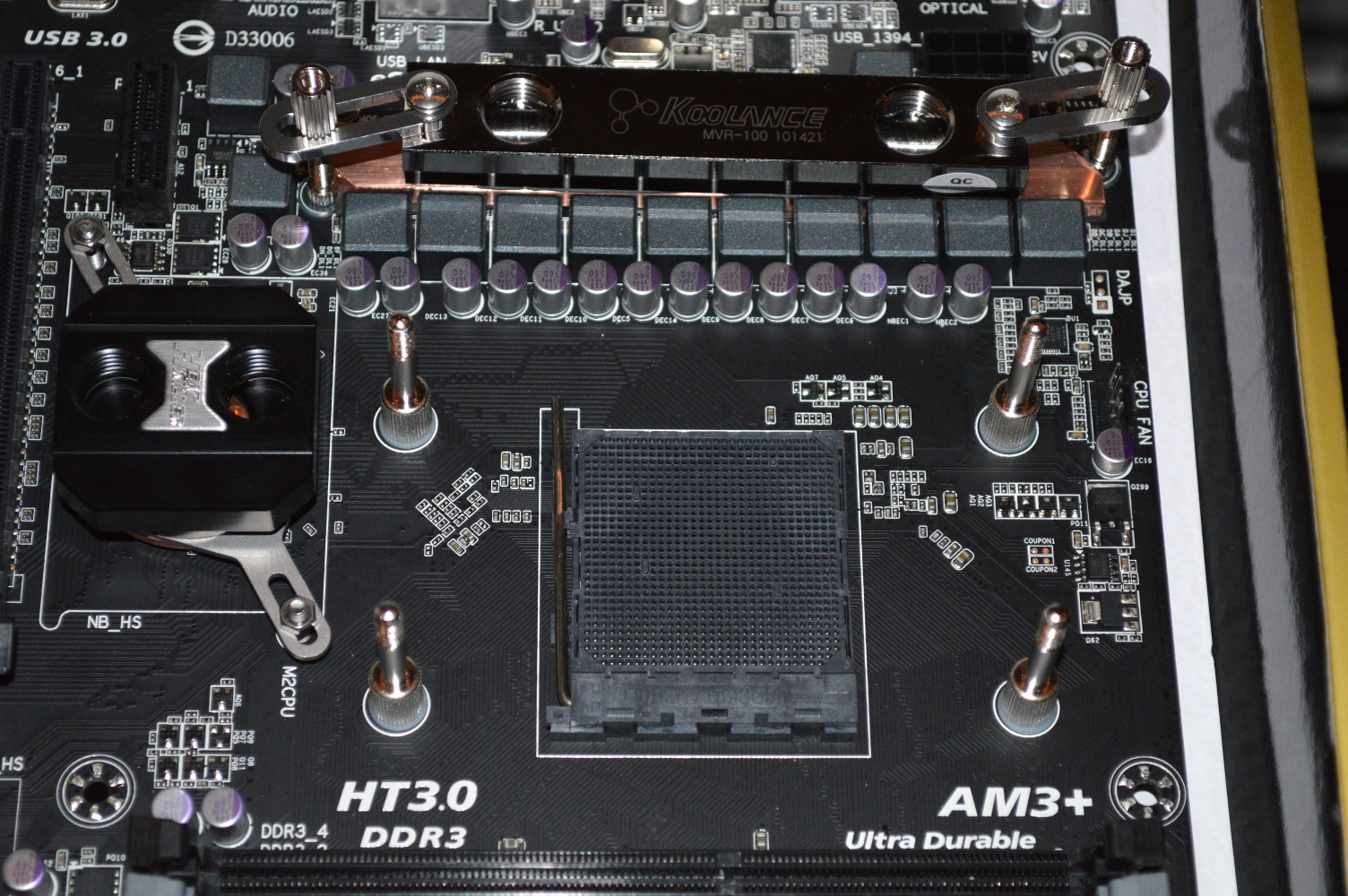
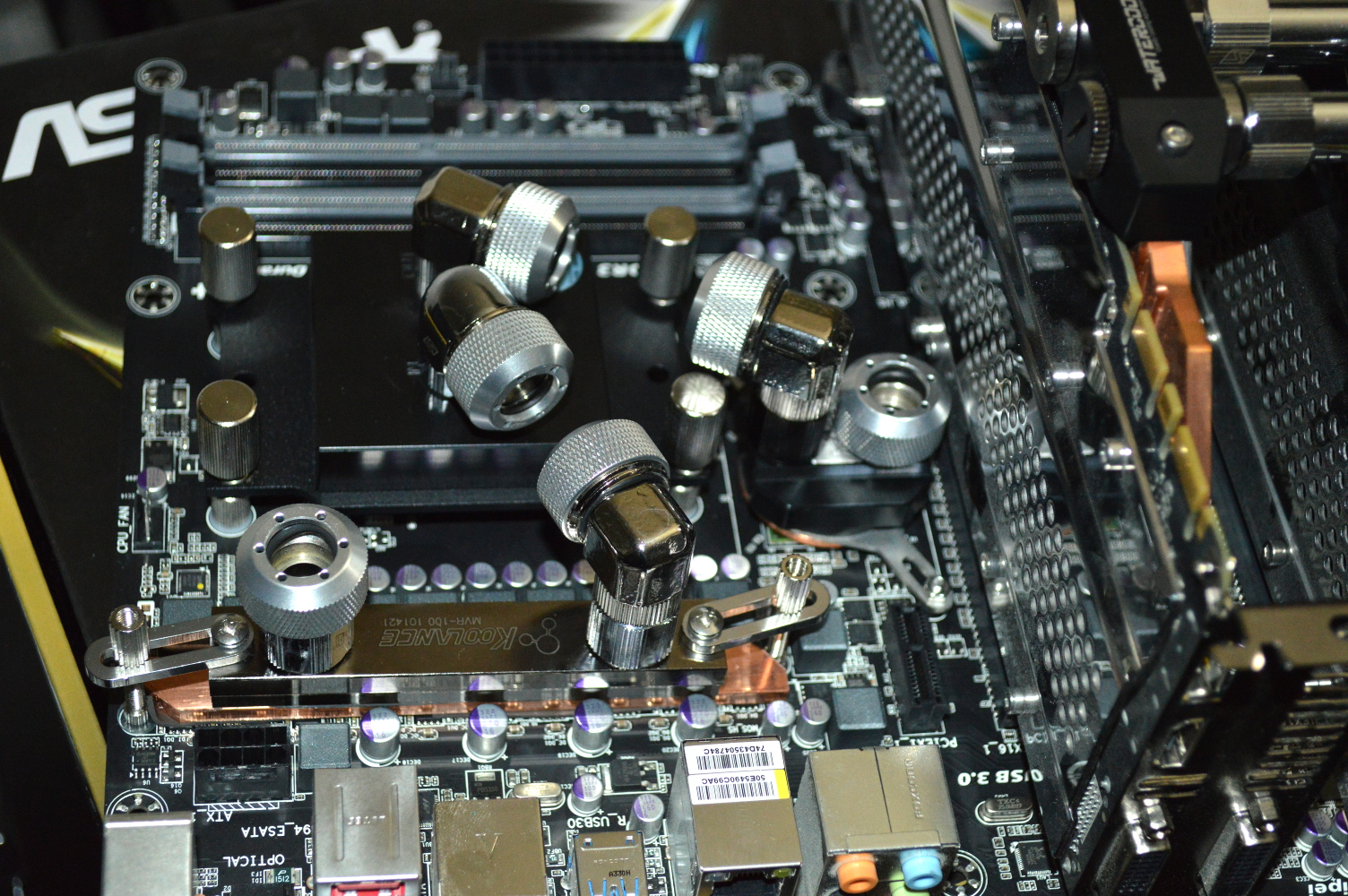
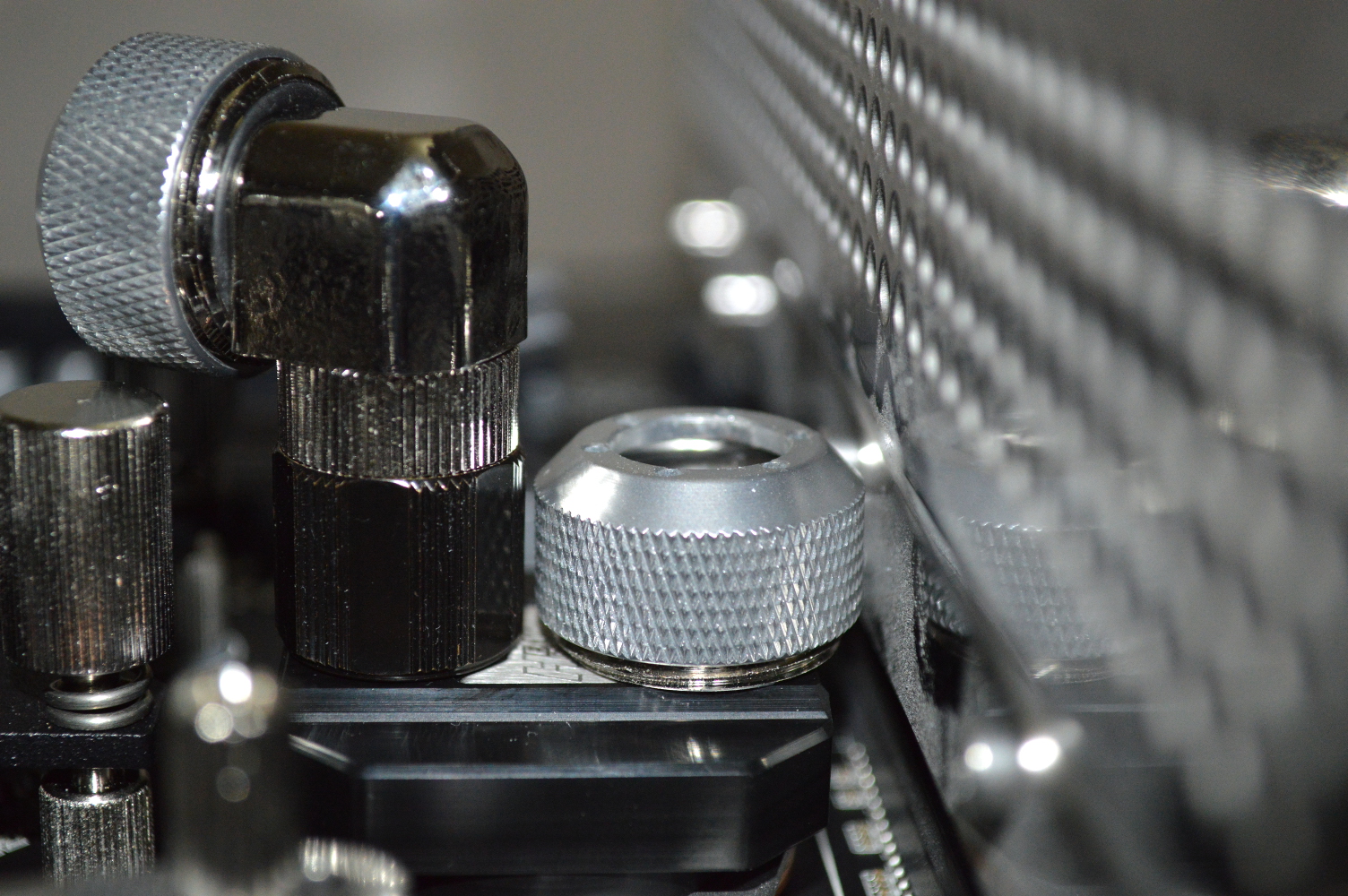
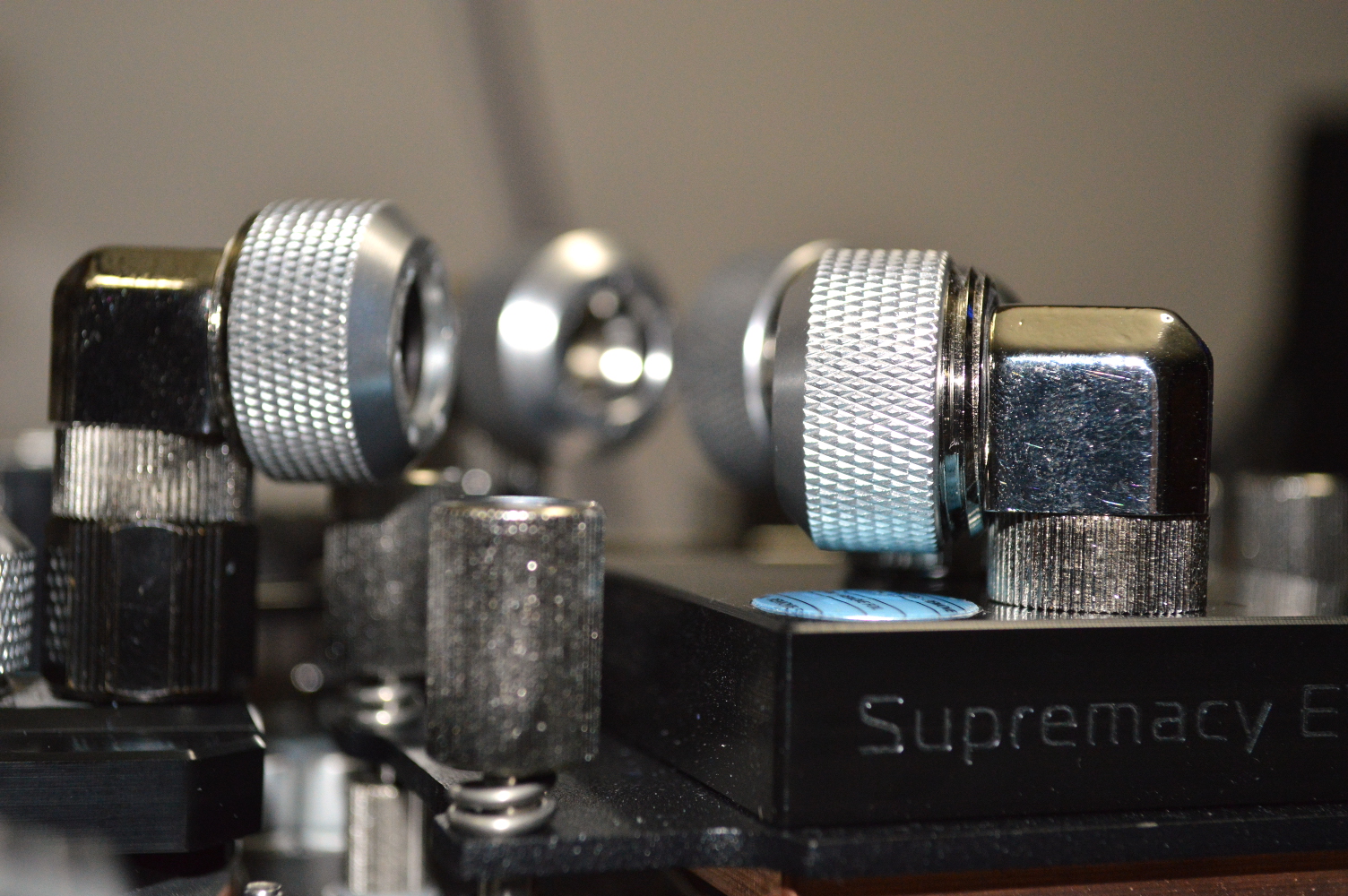
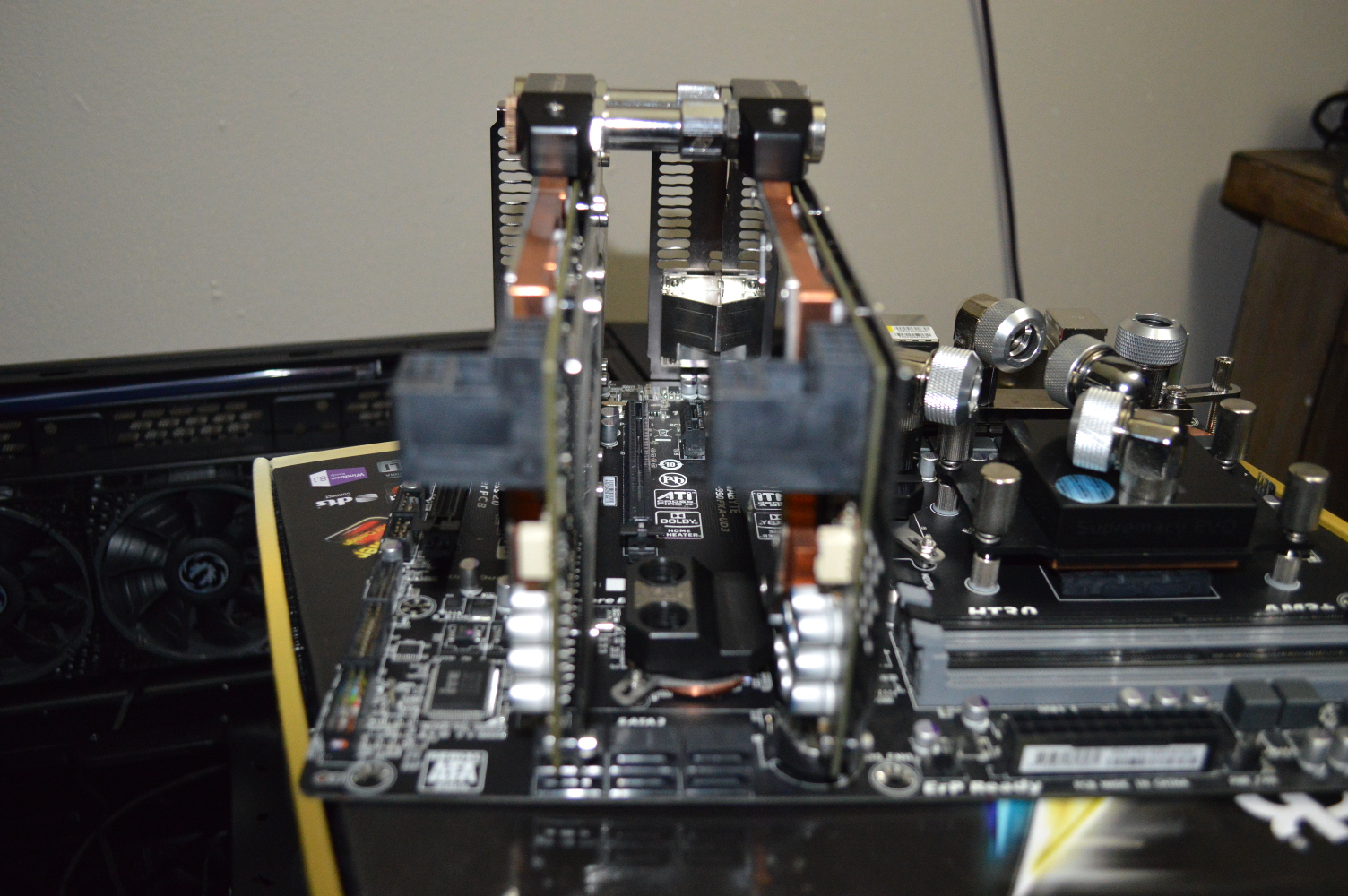
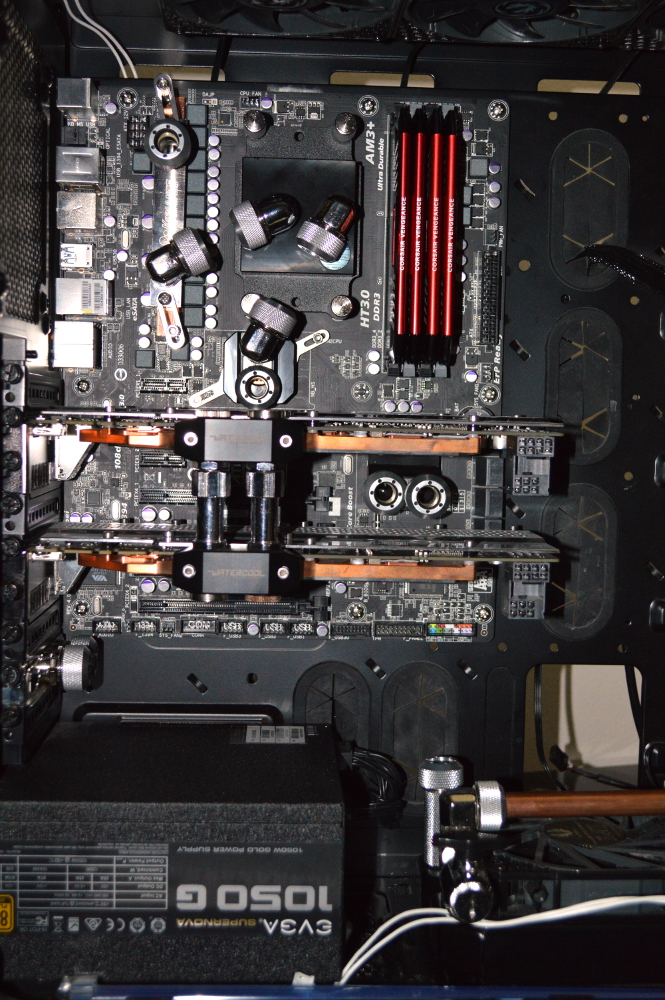
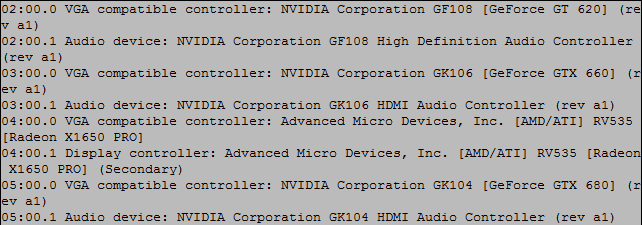


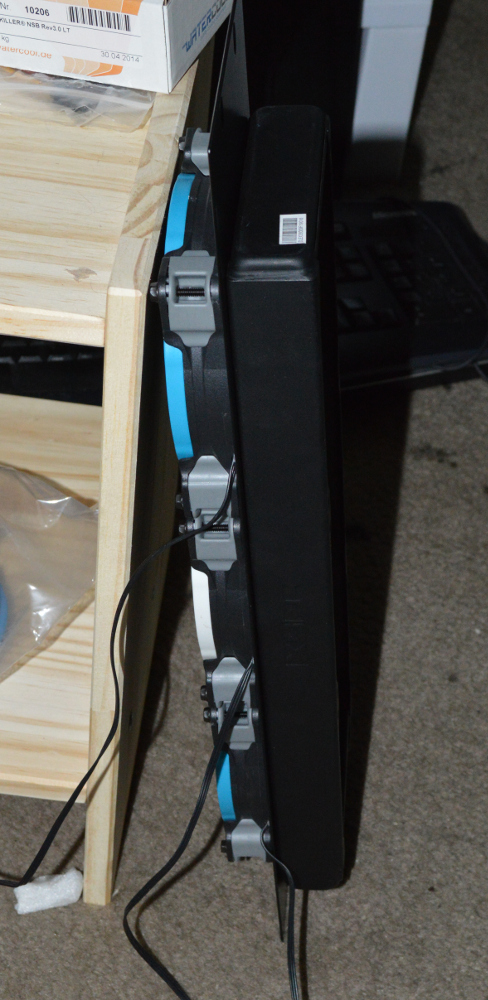
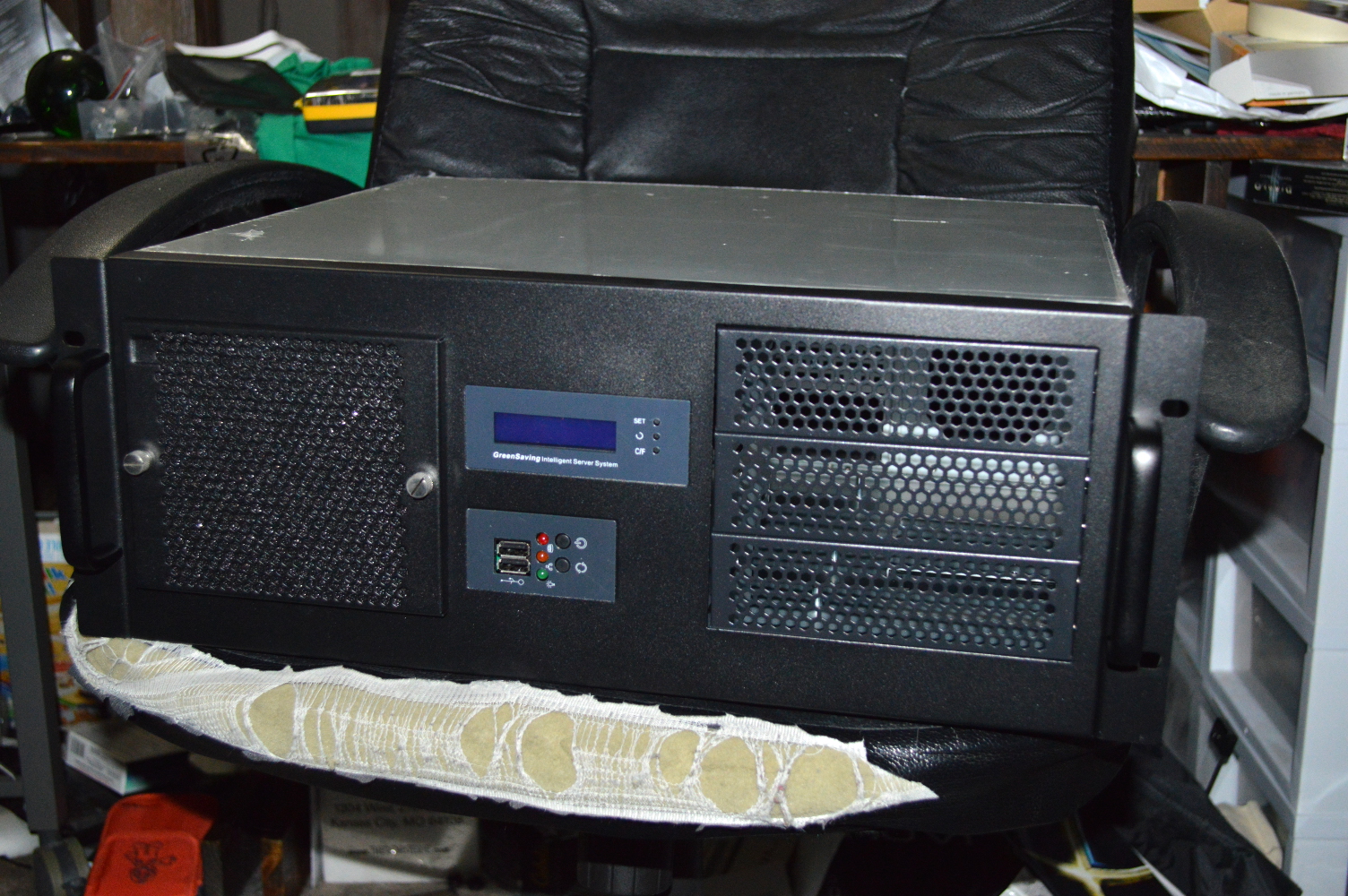
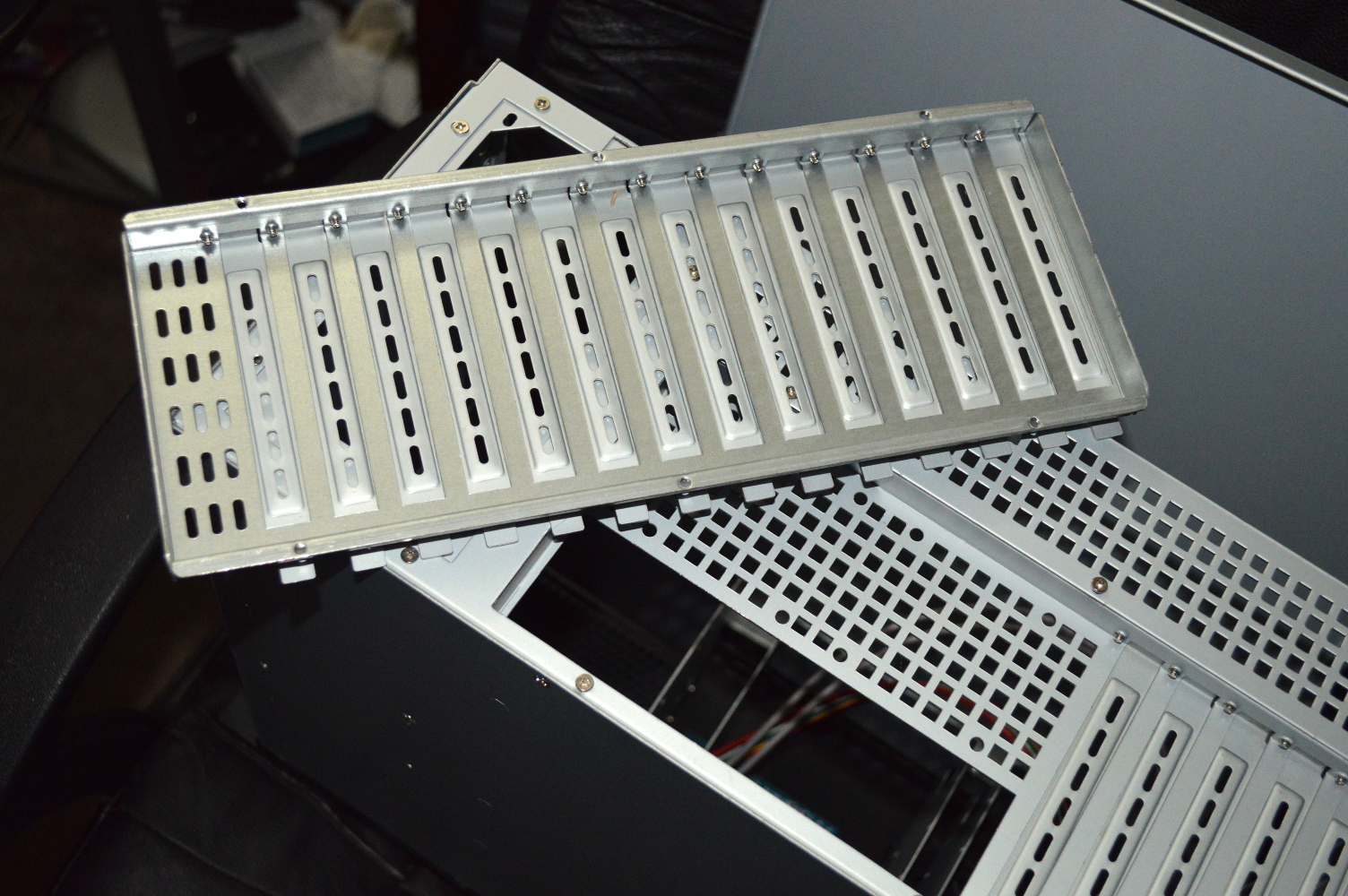
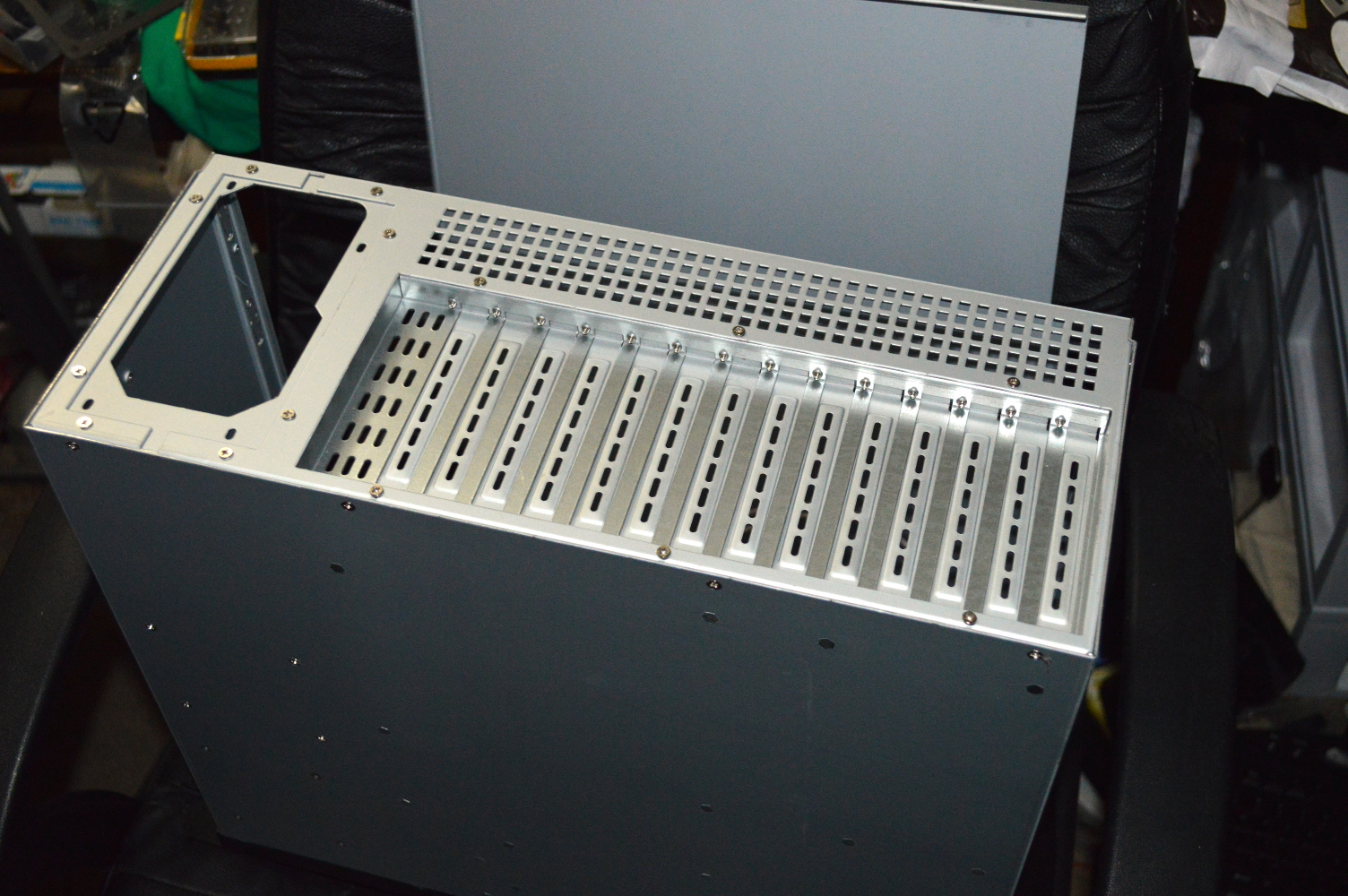
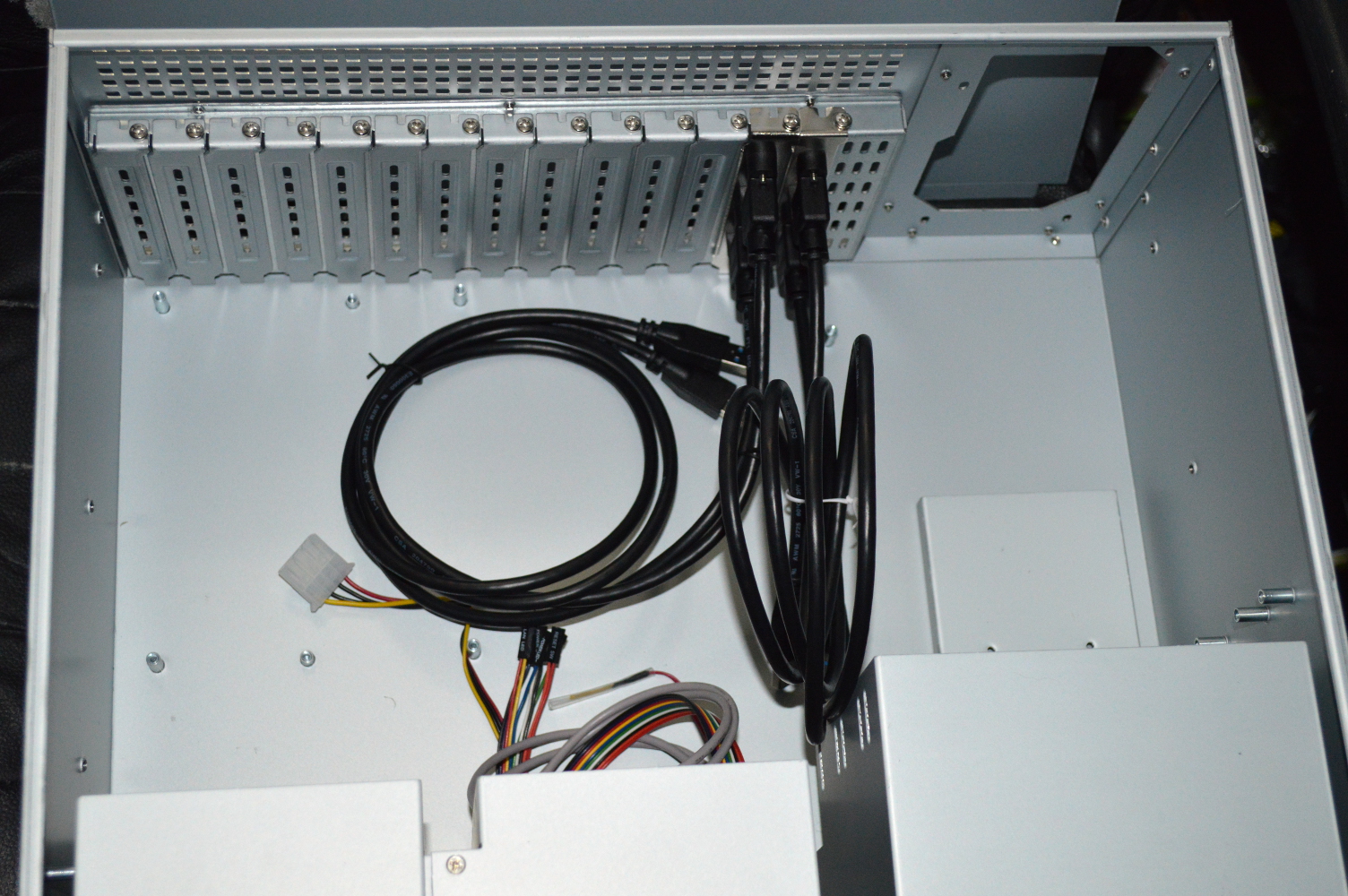
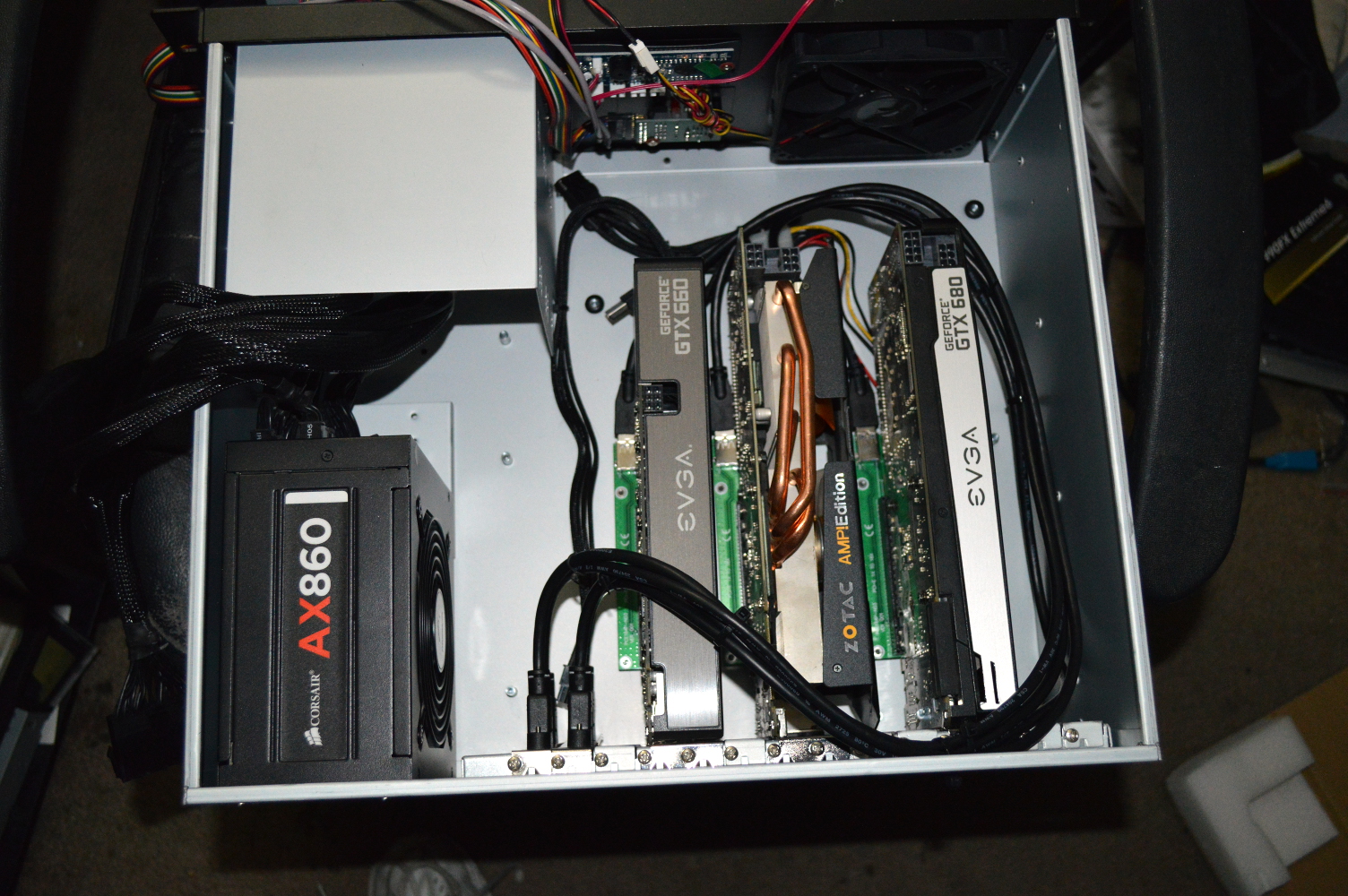
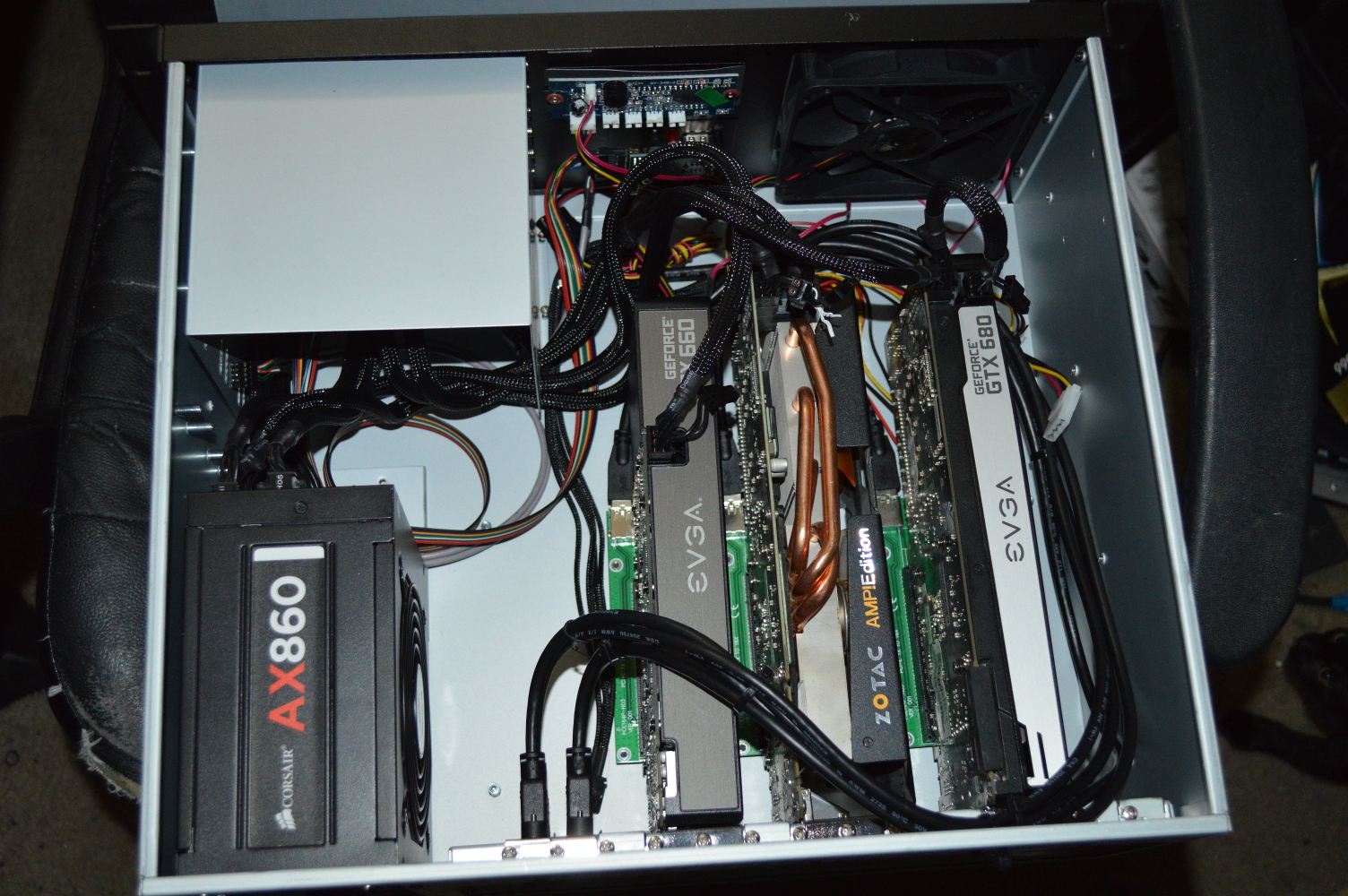


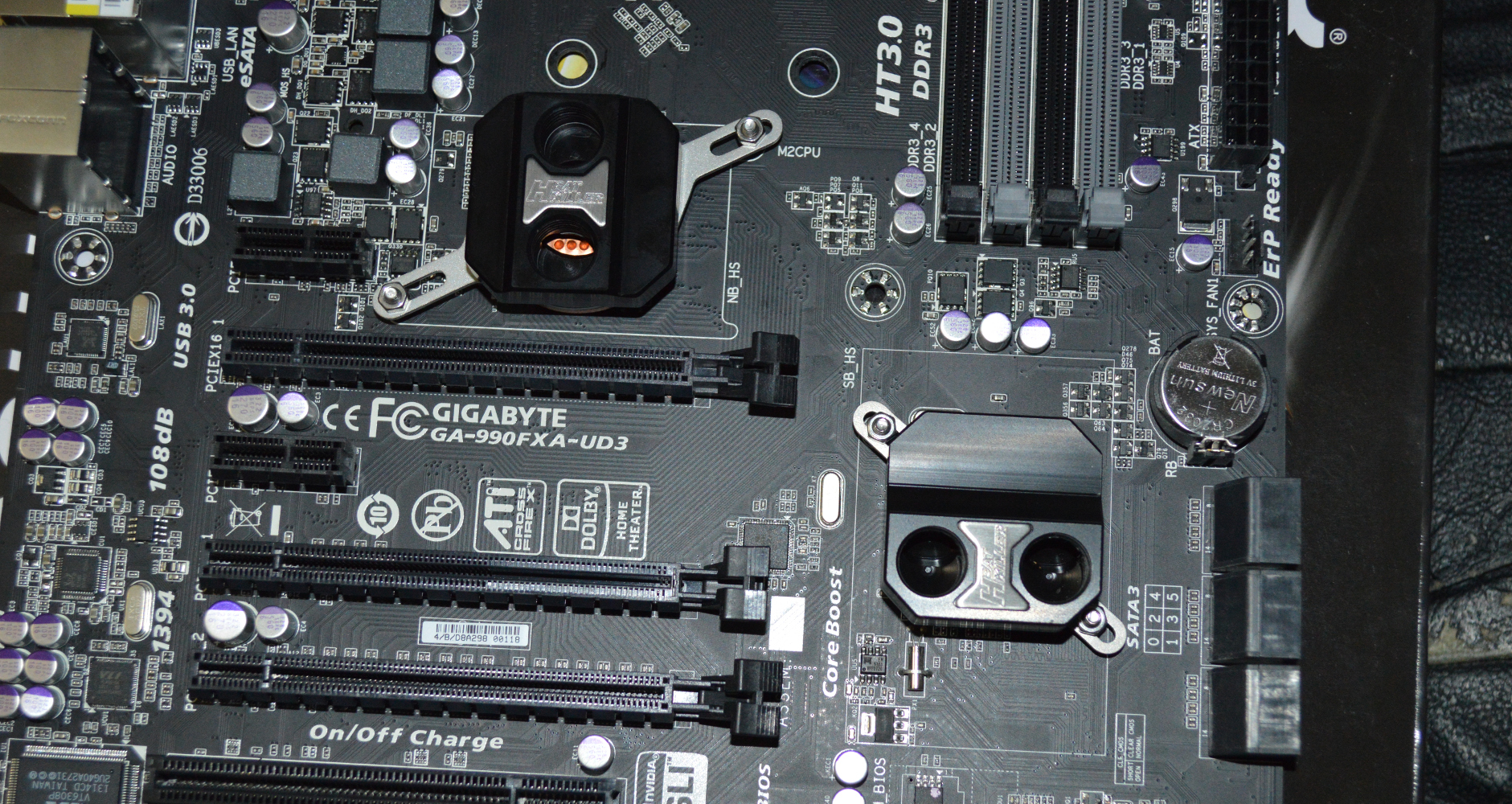
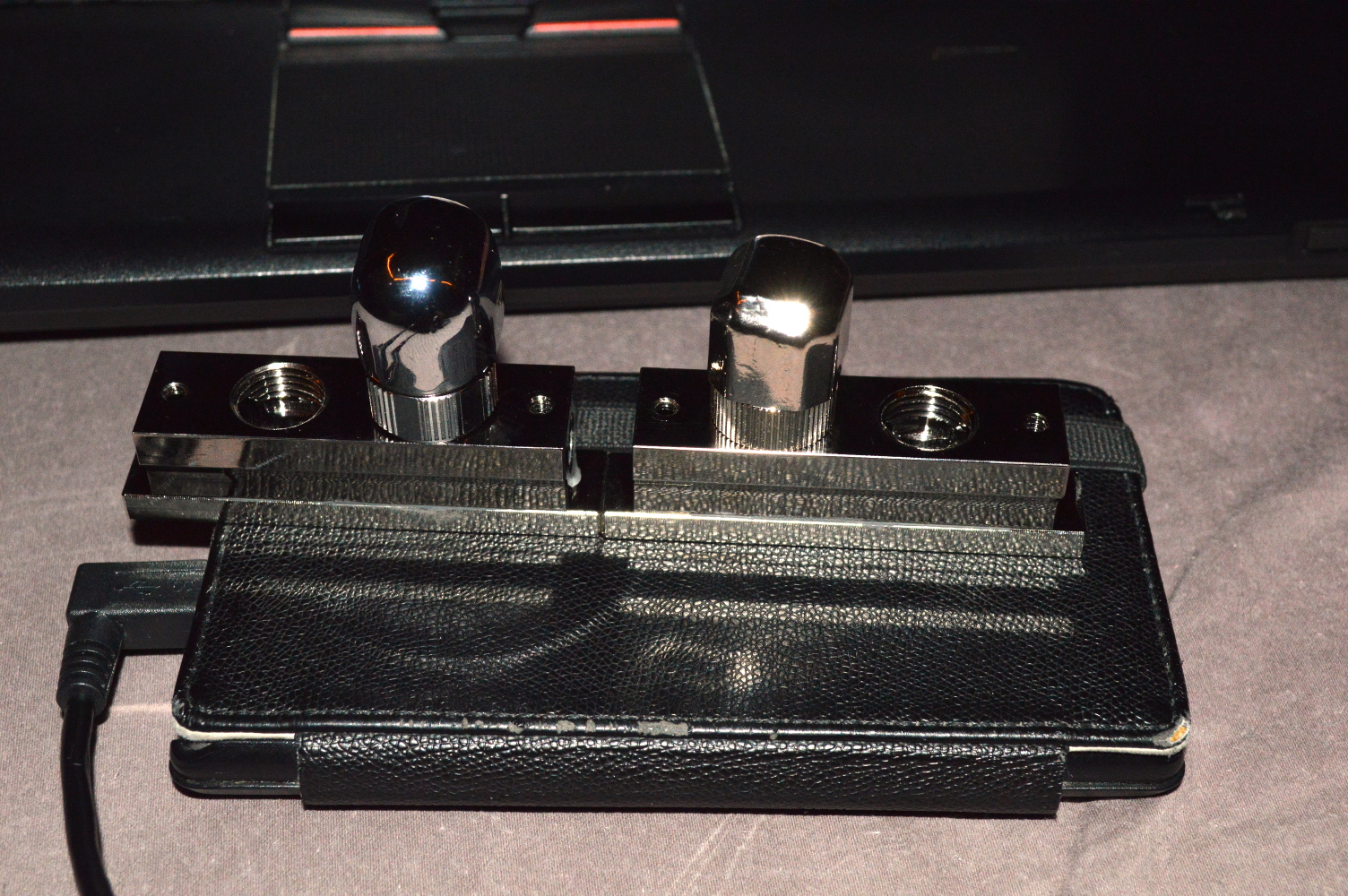
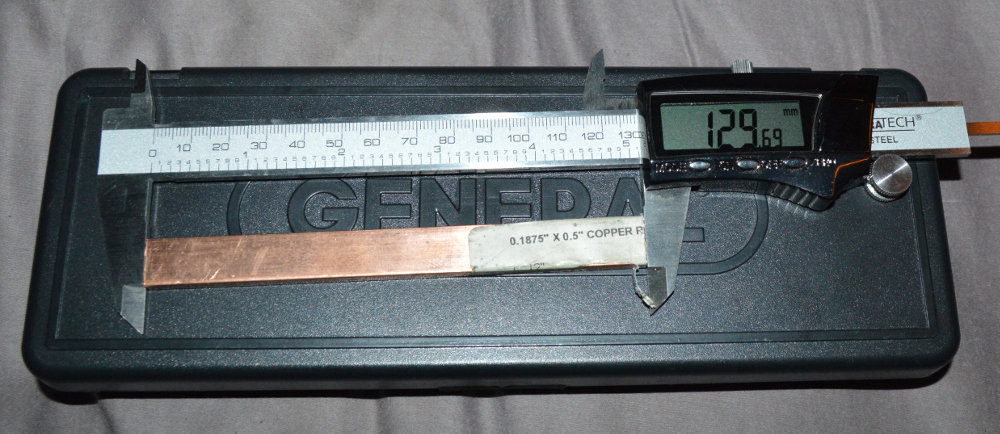
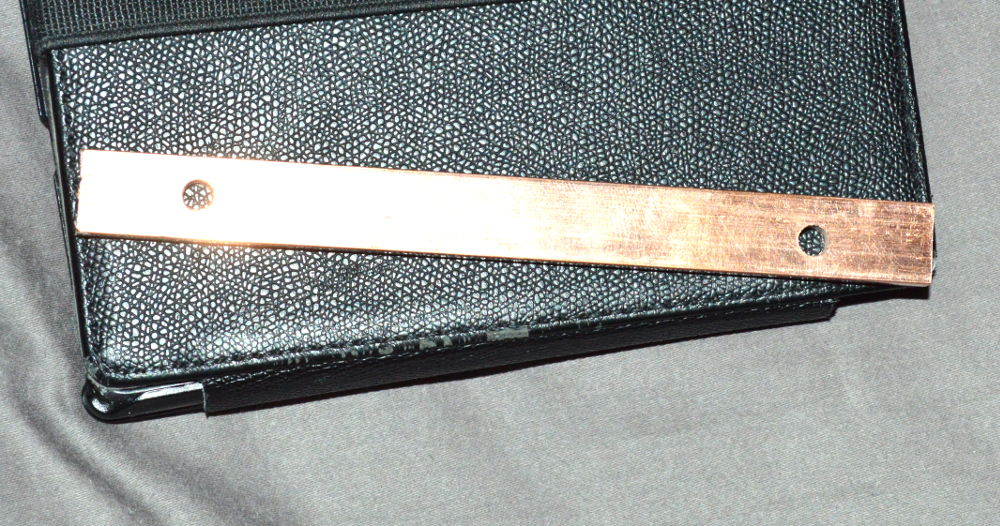




 In general to be called a “hero”, you must do something heroic. This means that donning a particular uniform doesn’t make you a hero by default. I don’t care if you’re a law enforcement officer, EMT, nurse, physician, fire fighter, or military personnel. You are not a hero if you haven’t done anything heroic. I mean if all you did in the military was repair vehicles or cook meals, you’re not a hero. Sorry to break it to you.
In general to be called a “hero”, you must do something heroic. This means that donning a particular uniform doesn’t make you a hero by default. I don’t care if you’re a law enforcement officer, EMT, nurse, physician, fire fighter, or military personnel. You are not a hero if you haven’t done anything heroic. I mean if all you did in the military was repair vehicles or cook meals, you’re not a hero. Sorry to break it to you.
You must be logged in to post a comment.